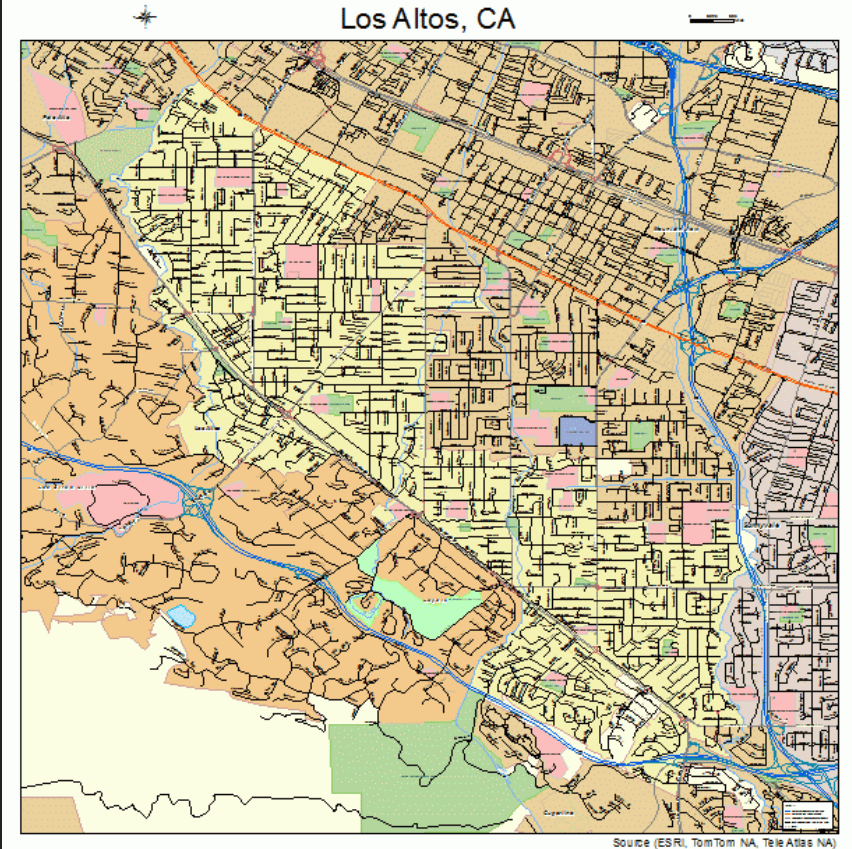
The more Sacramento forces rigid zoning requirements onto local communities, the less likely CA cities will be to help subsidize housing. In this Opp Now exclusive, former Los Altos Mayor Anita Enander also questions the need for state and regional control of housing solutions. After all, she says, several Bay Area cities have successfully raised money for affordable housing, a sign that local control is key to progress.
Opportunity Now: Why did BAHFA’s $20 billion regional bond “RM4” get taken off the ballot?
Anita Enander: I would like to think that they were partially persuaded by Chris C., the gentleman from Napa, a first-time homeowner. He spoke to BAHFA very effectively about how this bond would fall disproportionately on those who, most recently, have purchased homes that therefore have higher assessed values.
But I don’t want to ignore the fact that RM4 failed to provide any exemption for seniors and people with disabilities who are themselves of limited income, even if they now have inflated home prices. Sign up to receive updates on Opp Now articles. Click HERE.
ON: Why else do you think they gave up on RM4?
AE: We can also partly blame Sacramento for RM4’s defeat. The state has wildly inflated the numbers of what kind of housing is needed—it’s not for a growing population.
And the state is punishing cities which have been set up to fail when they don’t build their assigned quotas of housing at different price and affordability levels.
So how do you create housing options for those who need subsidies at a reasonable cost, and get taxpayers to fund it? A million dollars per unit doesn’t do that.
How do we pay for city services when Sacramento mandates that cities not charge the fees for new development that are needed to deal with growth, like police services, fire services, schools, and roads?
Sacramento has been on this kick to “fix the housing crisis.” What we’ve learned over the past seven years is that their fixes actually make things worse. They don’t get to the real issue, and regional government isn’t going to do any better.
ON: Are taxpayers willing to help, when presented with a solution to local housing affordability?
AE: There have been a number of bonds for affordable or supposedly affordable/subsidized housing that have passed in San Francisco and Santa Clara County. When I was mayor in Los Altos, we approved the first 100% affordable housing project in our city, in part because funds were available from the Santa Clara County bond. Emeryville has had a bond. I believe Oakland has had a bond.
I never heard a case for why they had to do this as a regional bond with a new bureaucracy, and therefore new additional overhead.
ON: On a podcast, MTC’s Assistant Director for Housing and Local Planning Daniel Saver told the San Jose Housing Department how cool and unique it was that the Bay Area was connecting transit solutions to housing solutions, and how that’s also connected to solutions for climate change.
AE: Gee, that sounds very wonderful, doesn’t it? If any of it was really true.
The idea of transit-oriented development assumes that people of lower incomes are going to be in those kinds of developments.
It ignores that a significant number of people in lower income positions are absolutely dependent on vehicles for their jobs.
You have people in maid services who drive from house to house, and they have to carry their equipment with them. You have people doing construction; they have to take their tools with them in their trucks.
Jovita Mendoza, who is the daughter of two Mexican immigrants and currently a councilmember up in Brentwood, makes one of the most eloquent arguments I have heard criticizing this assumption that transit-oriented development actually helps people of lower income.
ON: What do mid-Peninsula voters need to watch out for?
AE: The midpoint of the Regional Housing Needs Allocation (RHNA) cycle. Any city’s failure to meet 50% of the quota by then means they come under SB35. Then, what little control they have now completely goes out the window. Everything becomes ministerially approved.
Unfortunately, the RHNA process has put the quotas for cities at such high levels that they aren’t achievable. Flat out, aren’t achievable, and they’ve taken away the ability of cities to decide where and how to put development by coercing them into zoning things that make no sense to try and meet an HCD requirement that is not achievable.
And cities are waking up to that. I think a lot of city councils are going to say, what’s the point?
ON: Will cities just give up on trying to meet the housing need?
AE: How does a city council convince its residents to support a tax, when they have no say over what gets built? We can’t say “this height, and no more.” We can’t say “this density, and no more.” We can’t say “we need this much parking.” We can’t get funds. We can’t charge fees, even for the “market rate” units, enough to fund the service increases.
The cities have no incentive to try and do that.
There’s this cute, sexy phrase, “density is destiny.” As if more density is going to fix everything.
Well, it won’t.
We need local governments to be in control of what happens in their own communities, so that local taxpayers have the most direct say in what happens with their money. I believe that’s where they will be most inclined to support the need for subsidized housing.
Related:
- Lessons from the California Constitution: Zoning is a city/county responsibility, not the state’s
- Law that ended single-family zoning in CA struck down for at least five CA cities–and maybe SJ, too
- A progressive’s perspective: Why the Left should champion de-zoning
Follow Opportunity Now on Twitter @svopportunity

